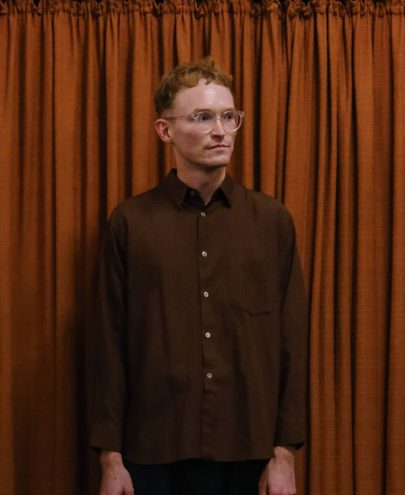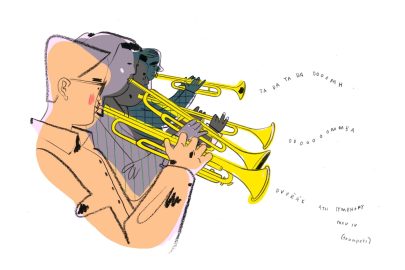Mar 7, 2014 Music
Bach Collegium Japan
Michael Fowler Centre, Wellington
March 6, 2014
You’re programming a two-night concert season featuring one of the top Bach choral ensembles in the world. There is a lot of choral Bach to choose from. You lead with the obvious chart-topper (though not, note, the most obvious): night one is the St John Passion. For night two, do you…
…roar into the Mass in B Minor?
…try for St Matthew?
…open the cantata book and pick a number?
Or perhaps you’re feeling puckish. Let’s show these Kiwis something off the beaten track. No one ever gets to hear the Lutheran Masses in live performance. Night one: the famous number. Night two: educate your audience. That, my friends, is what I call a balanced programme.
Truthfully, the Mass in B Minor would have been nice. As Bach Collegium Japan’s second Wellington concert opened, I was feeling distinctly rebellious. Their curtain raiser, before the two short masses, was the even shorter orchestral sinfonia from cantata BWV 42 (the numbering system for Bach’s work is arcane). It’s a perfectly pleasant little piece. Sprightly, crisp playing. In the same sense that a cordon bleu chef’s boiled egg could presumably not be better boiled, this could not have been better played. Though the music did seem to provide only a very cramped space for an ensemble of this stature to stretch its wings.
Space opened up around us with the A Major Mass. Though the crowd in the Michael Fowler Centre was distinctly smaller than the previous evening’s – the great curse of classical programming is that it’s always easier getting people out for familiar repertoire – everyone who took the rare chance to hear these two masses was well rewarded.
Bach wrote them, and two others, around the same time, and they follow the same pattern. Unlike the grand Mass in B Minor, which is a full chorus work all the way through, these masses open and close with full chorus, and devote their internal movements to solo singing. The same soloists we heard in the St John Passion made the solos electric, especially the richly expressive soprano Joanne Lunn (reader, I’d marry her) and counter-tenor Clint van der Linde. But the greatest joys of these performances were in the outer movements: the dizzying complexities of the full chorus singing Bach fugues.
Hearing music you know well and then hearing music you don’t know at all by a composer you know well: it’s an interesting comparison. In the first case, you judge the performers for how well they serve the music. In the second, you judge the music, based purely on how well these performers serve it. Bach is my favourite composer, but even so, getting to hear unfamiliar Bach is not the rarest of pleasures – I don’t know how many people alive have heard every single work in the catalogue, but I call your attention to this detail: Douglas Adams once plotted an entire novel around the idea that only time travel could explain Bach’s ability to write so much music in one lifetime.
Still, the transition from the St John Passion to the A Major & G Minor Masses was a very great pleasure. Seeing the quality of this ensemble demonstrated on one of the most famous pieces in the repertoire, and then hearing them present two such closely related works together. What stood out, particularly in those outer movements, was Bach’s ability to take the same liturgical text – “Kyrie Eleison”, for instance – and set it to completely different rhythms. The banal truism that the man was a genius suddenly gains new teeth in moments like this: you hear him fresh.
So yes, a good programming strategy. Thanks, BCJ. Come back any time.





